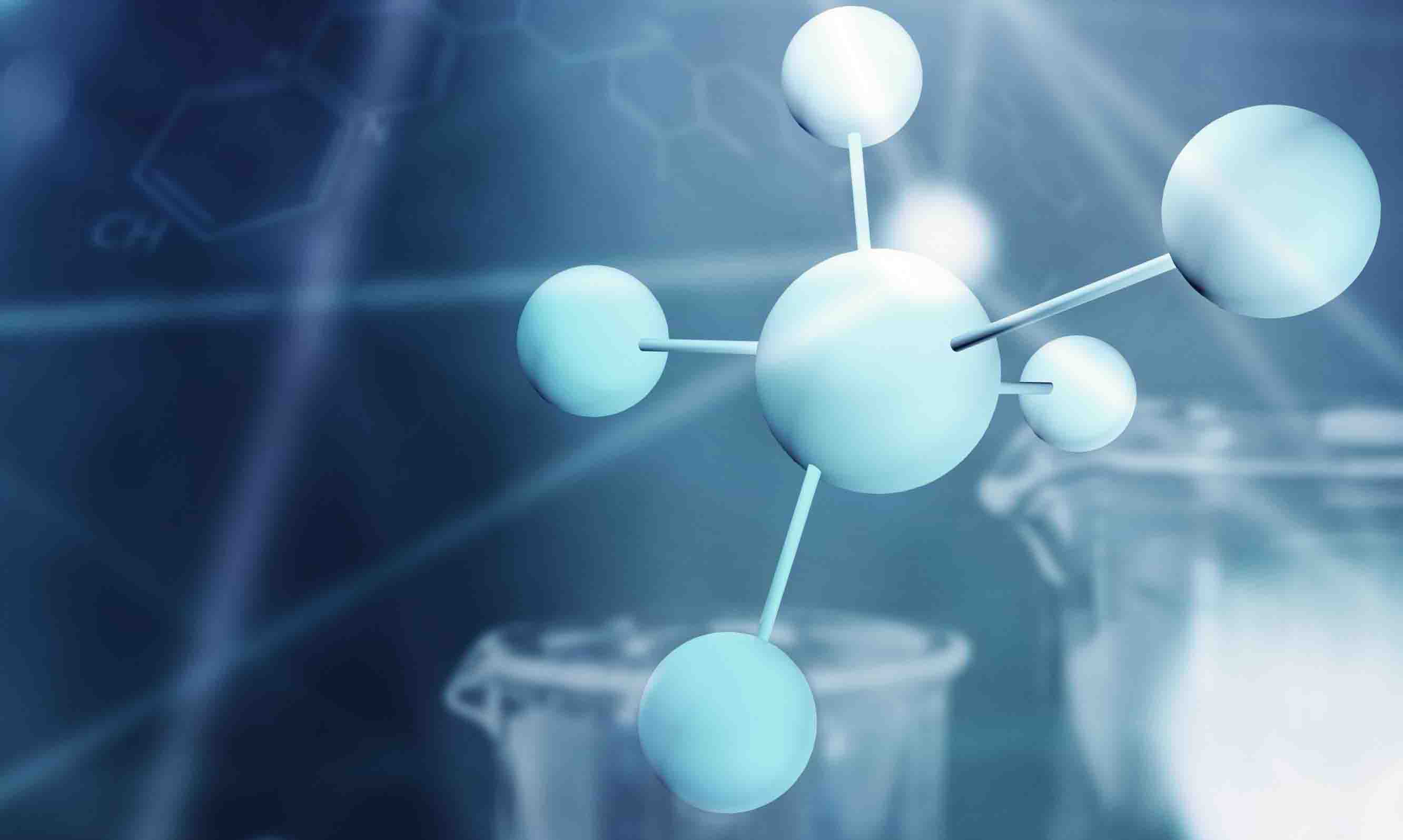Claus tail gas is the residual gas stream that exits the final sulfur condenser of a Claus sulfur recovery unit (SRU), after most of the hydrogen sulfide (H₂S) has been converted to elemental sulfur. Despite the high efficiency of the Claus process—typically recovering 95–98% of the sulfur from the feed—the tail gas still contains a mixture of sulfur compounds and other gases that must be managed to meet environmental standards.
Composition
Claus tail gas is a dilute mixture, primarily consisting of nitrogen (N₂), water vapor (H₂O), carbon dioxide (CO₂), and small but environmentally significant amounts of sulfur species.
Typical Composition:
| Component |
Volume % |
| Nitrogen (N₂) |
61–65% |
| Water Vapor (H₂O) |
28–32% |
| Carbon Dioxide (CO₂) |
5–7% |
| Sulfur Compounds* |
0.5–2% |
Main sulfur components
The main sulfur-containing components are:
- Unconverted hydrogen sulfide (H₂S)
- Sulfur dioxide (SO₂)
- Carbonyl sulfide (COS)
- Carbon disulfide (CS₂)
- Elemental sulfur vapor (Sₓ)
- Occasionally, traces of other organosulfur compounds.
The total sulfur in the tail gas typically represents 2–6% of the sulfur entering the Claus unit, depending on the number of catalytic stages and the overall plant efficiency.
Origin
The tail gas forms because the Claus reaction (2 H₂S + SO₂ ↔ 3 S + 2 H₂O) is equilibrium-limited and cannot achieve 100% conversion. Additionally, side reactions in the thermal and catalytic stages generate COS and CS₂, some of which may escape full conversion, especially at lower reactor temperatures or with suboptimal catalyst performance.
Environmental Significance and Treatment
Historically, Claus tail gas was incinerated to convert all sulfur species to SO₂ for atmospheric release. However, due to increasingly stringent environmental regulations, this practice is largely obsolete. Modern refineries and gas plants employ tail gas treatment units (TGUs) to further convert sulfur species in the tail gas back to H₂S (via catalytic hydrogenation), absorb the H₂S in an amine solvent, and recycle it to the Claus unit. This approach raises total sulfur recovery to over 99.8%, minimizing emissions and environmental impact.
Sources
- Jagannathan N. Iyengar et al., US Pantent Nr. US 8,524,184 B2, Priority: 29th Jun 2010, Sulfur recovery plant tail gas treatment process, Assignee: ExxonMobil Technology and Engineering Co. (Tail gas properties)
- D.J. Morgan, Brimstone STS, Ltd., 2012, Sulfur Production Note Set. (Composition/molecular weight)
- Michael Huffmaster & Fernando Maldonado, Jul 2014, Tail gas catalyst performance: part 1, Digital Refining. (Sulfur content and treatment)










